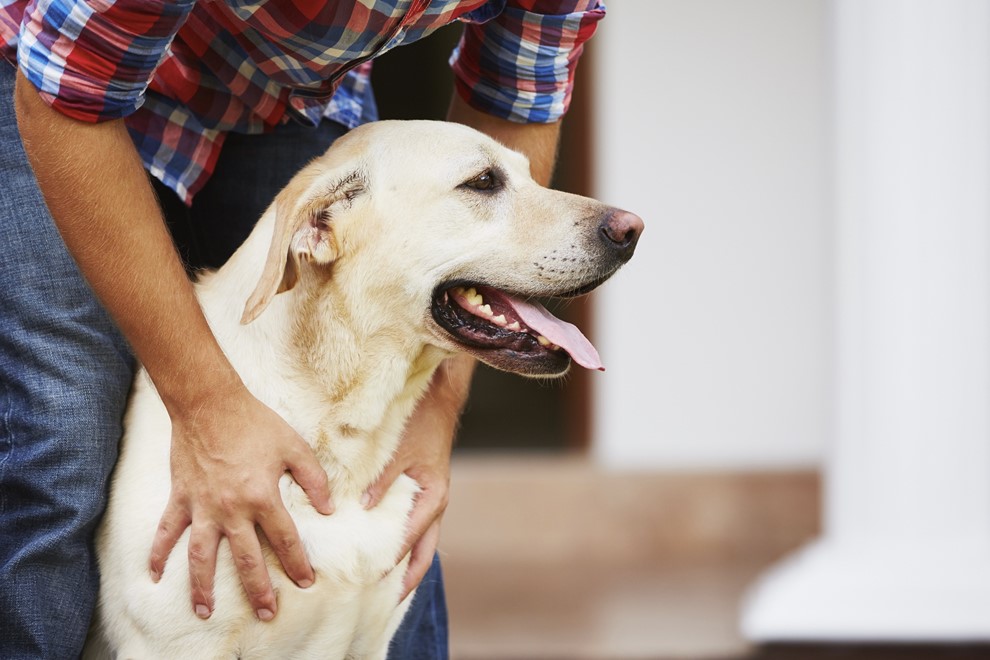While they do not have the same dramatic and all-too-often disastrous effects as food allergies in humans, canine food allergies are still a cause for concern and a disruptor to healthy living.
An estimated 10% of allergies in dogs are food-related and can manifest themselves through a variety of symptoms— from itchy paws and skin problems to digestive and respiratory issues. While identifying and isolating the culinary culprit can be a prolonged process, cutting out an allergen will provide your pup with much needed relief and improved quality of life.

Before you can identify an allergen in your dog’s diet, it is important to understand how an allergic reaction occurs in dogs and how to tell it apart from other physical reactions. A food allergy occurs when a dog’s immune system has an abnormal reaction to an ingredient. Clinical signs of a food allergy include vomiting, diarrhea, fur loss, itching, ear infections, and weight loss. A food allergy can occur anytime between 5 months and 12 years of age and should not be confused with a food intolerance, which takes place when a toxin or additive has a direct and negative effect on the digestive tract. Unlike a food intolerance, allergies are considered immune disorders and responses.

The list of common food allergens is long and includes several key proteins, including beef eggs, poultry, dairy, lamb, pork, wheat, and soy. An elimination diet is the first step in identifying the particular allergen that’s bothering your dog. To start, feed a combination of a new basic protein and basic carbohydrate for up to three months to allow any former allergens to leave your dog’s system. If clinical signs subside during this trial period, you have successfully confirmed that your pup was suffering from a food allergy. At this stage, you can slowly reintroduce old ingredients one at a time. If clinical signs return after a feeding new ingredient, it’s safe to assume that you’ve identified the specific cause of your dog’s reactions.

If you suspect your dog might be suffering from food allergies, schedule an appointment with your vet to construct a balanced elimination diet. The process may be tedious, but it is worth the efforts to have a healthy pup. Once you understand your dog’s dietary needs and restrictions, you can apply your knowledge to other choices you make for their care— and spoiling them. There are a wide variety of treat options that isolate proteins and add and remove carbohydrates and grains so you can find the right, natural, and healthy combination for your dog. Here treating them well has a double meaning.

